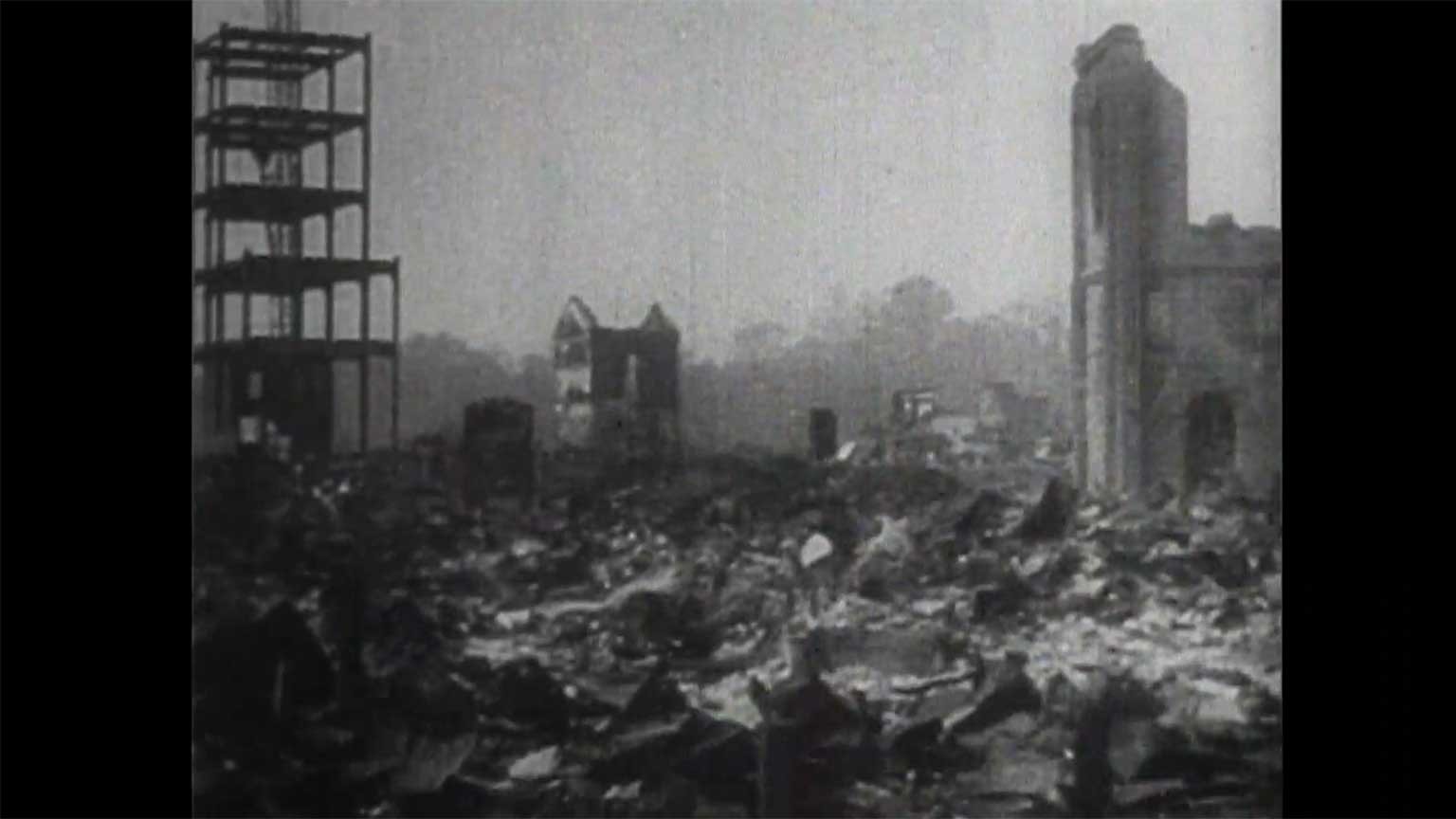September 1 is designated as Disaster Prevention Day in Japan, marking the devastating 1923 quake that shook the capital and surrounding areas. More than 105,000 people were left dead or missing in the disaster.
The exercise was based on the scenario of a magnitude 7.3 temblor hitting central Tokyo shortly after 7 a.m., triggering powerful jolts across the greater metropolitan area.
Cabinet ministers and other government officials gathered at around 8:30 a.m. at the prime minister's office and set up an emergency disaster response taskforce. They then confirmed the extent of damage and authorities' responses.
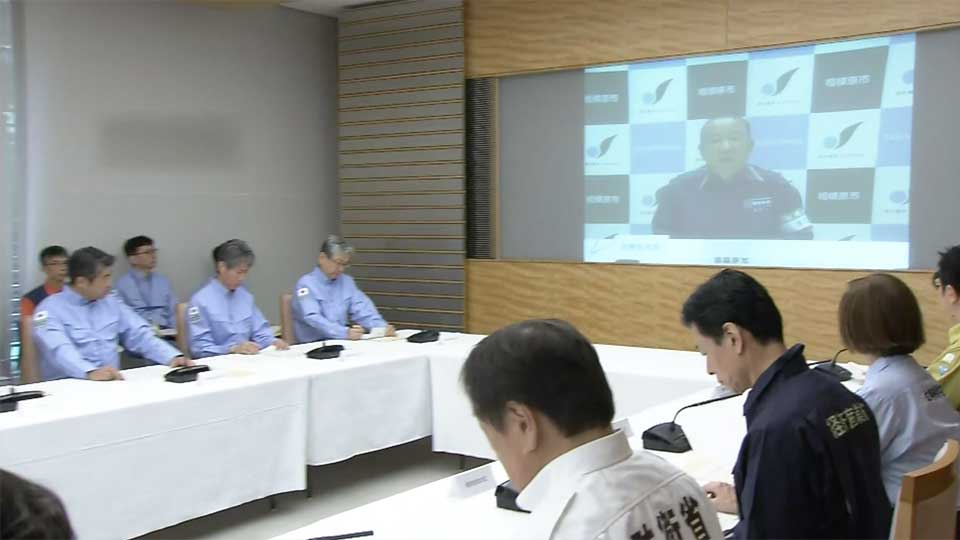
The officials also held a teleconference with Sagamihara City authorities in the neighboring prefecture of Kanagawa to determine what assistance to provide.
At a mock news conference, Prime Minister Kishida Fumio explained the government's response and called on people to take action to protect their lives. He also asked them to refrain from hoarding food and to stay calm.
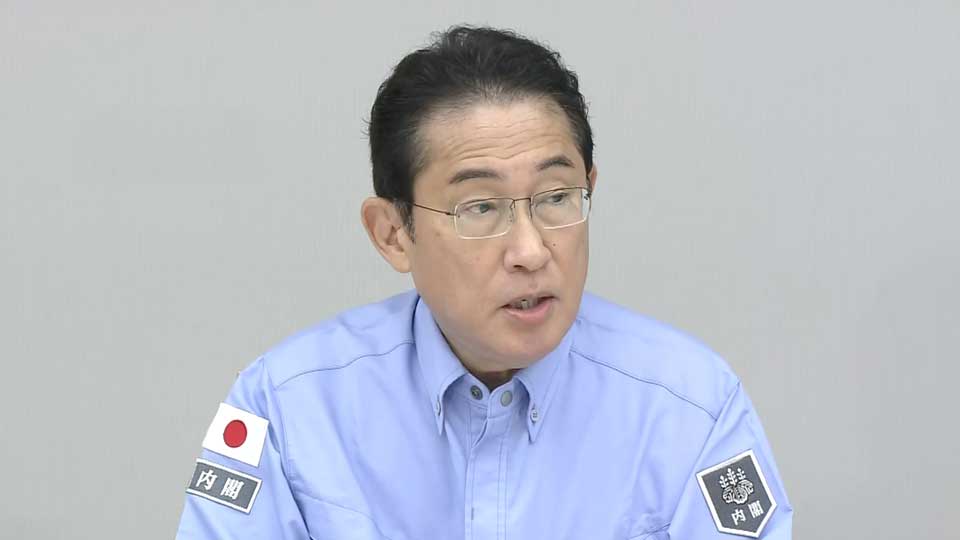
Great Kanto Earthquake caused violent tremors, tsunami and mudslides
The magnitude 7.9 Great Kanto Earthquake hit at 11:58 a.m. on September 1, 1923. It caused violent tremors, tsunami and mudslides.
The strong quake shook Tokyo, Kanagawa, Chiba, Saitama and Yamanashi prefectures. A Cabinet Office report says the quake flattened more than 100,000 homes.
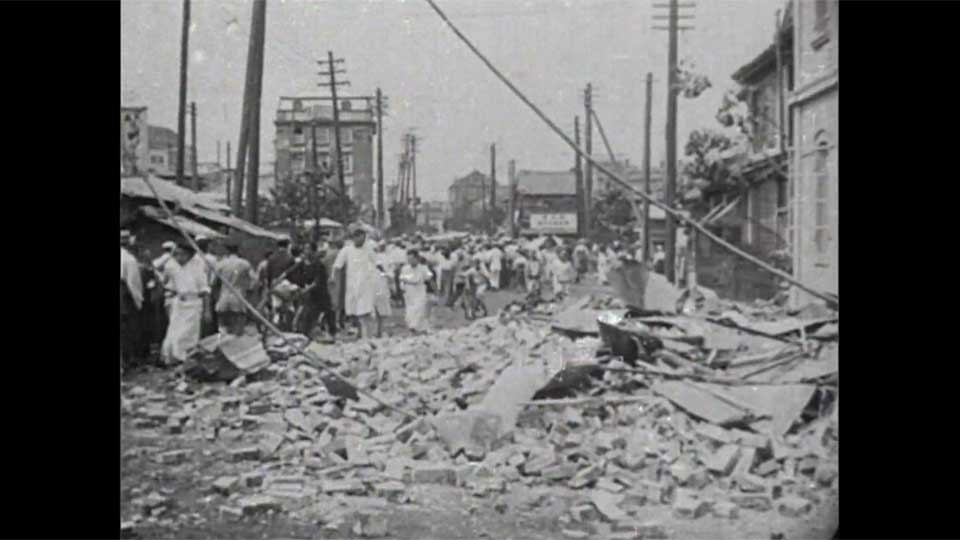
In Kamakura City, Kanagawa Prefecture, the 121 ton Great Buddha was reported to have been shifted by more than 30 centimeters.
Large tsunami were also seen – 12 meters in Atami City, Shizuoka Prefecture, and 9 meters in Tateyama City, Chiba Prefecture.
A series of landslides occurred mainly in the mountainous areas of Kanagawa Prefecture. In Odawara City, 200 people were killed when a train and a station platform were swept into the sea due to a massive landslide.
Extensive fires accounted for most deaths
Extensive fires accounted for 90 percent of the victims.
In Tokyo, fires devastated an area of 38 square kilometers.
A "fire whirlwind," in which flames and smoke turn into tornadoes, killed about 38,000 people at the site of a former factory in Sumida Ward.
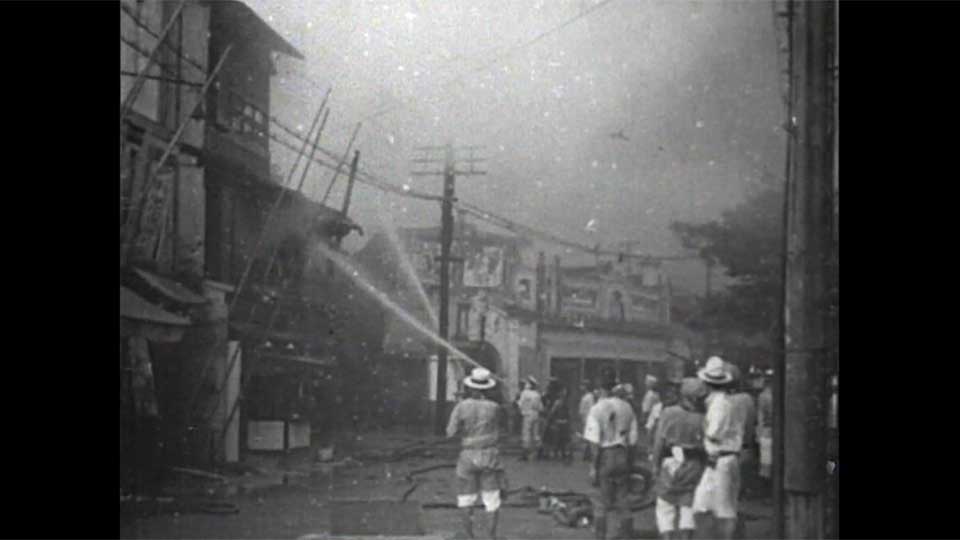
Groundless rumors also led to deaths
False information fueled the confusion.
A report by the government's Central Disaster Management Council says the earthquake triggered groundless rumors such as that Mount Fuji had erupted.
There were other, more deadly stories. Rumors circulated that Koreans had poisoned the wells. These lies prompted some, including police and soldiers, to murder people of Korean background. The victims are said to have numbered in the thousands.
Professor Sekiya Naoya from the Graduate School of the University of Tokyo is an expert on disaster prevention information. He says the issue of misinformation is still relevant today.

"The risk of spreading false information remains unchanged even 100 years after the disaster," he said. "Rumors tend to spread when people share their feelings of anxiety and anger in such events."
Sekiya said it is important to first understand that misinformation can disseminate quickly. He added that people should be very careful when they are not sure about the authenticity of information.
